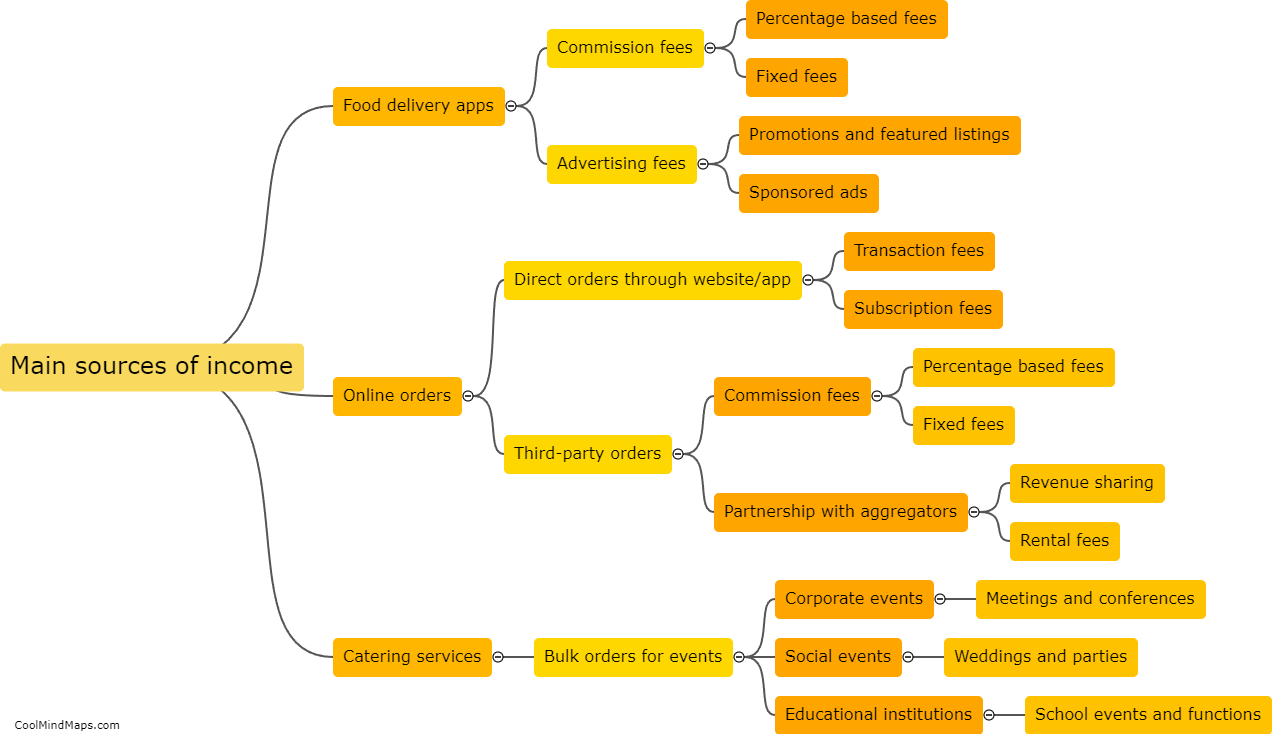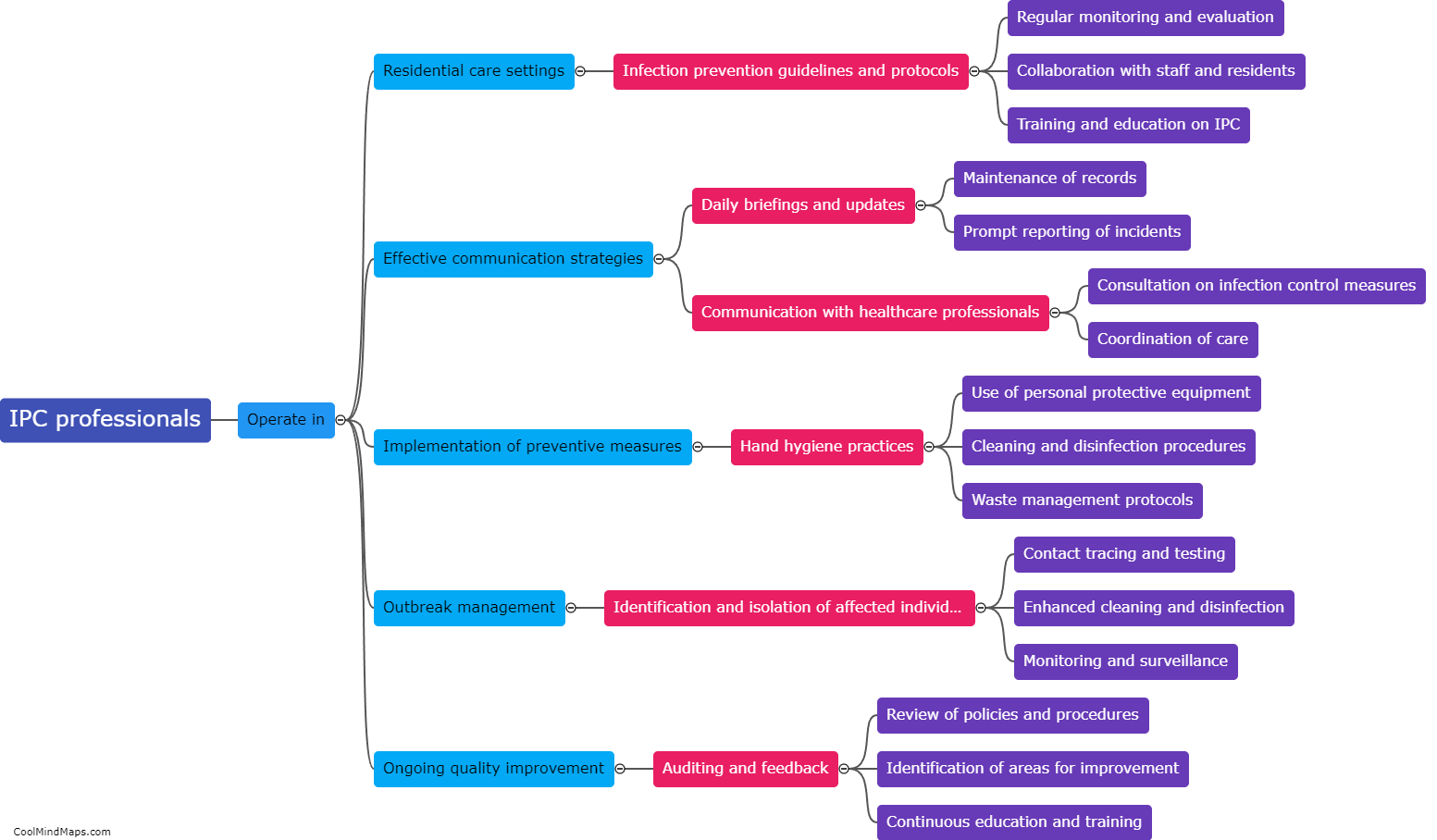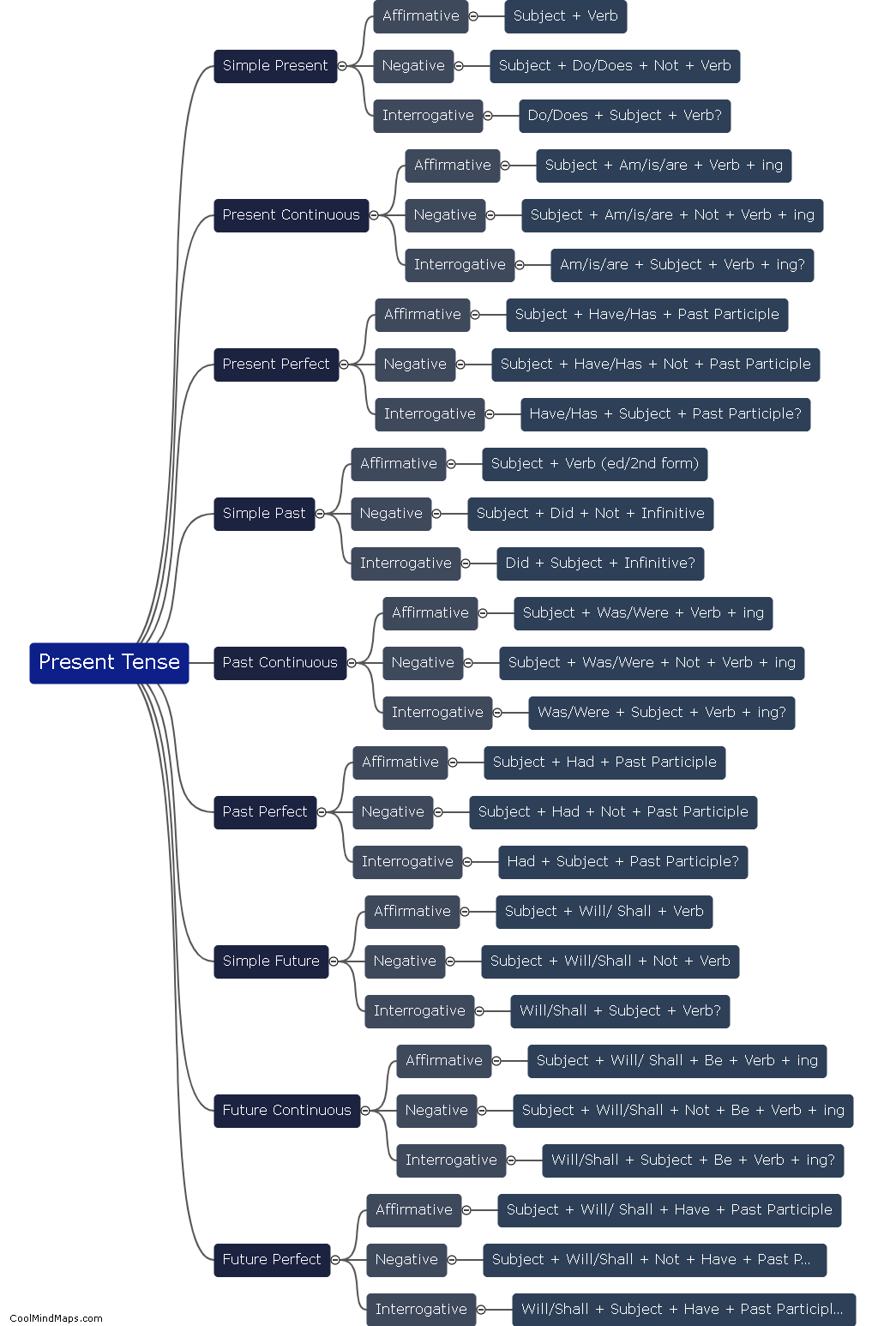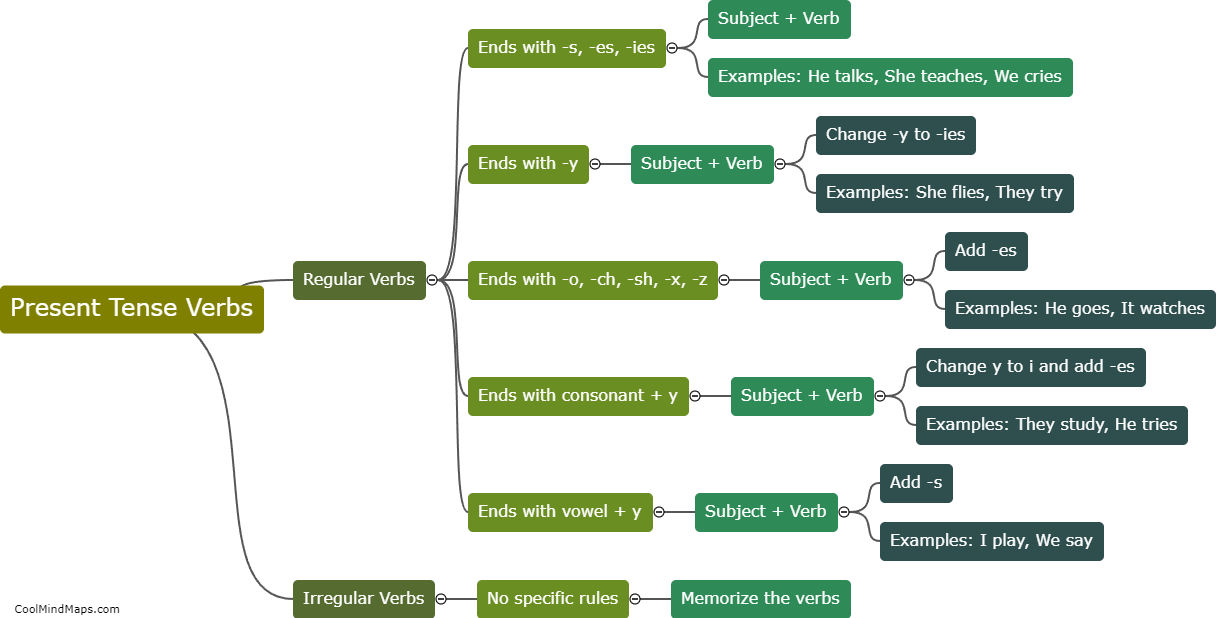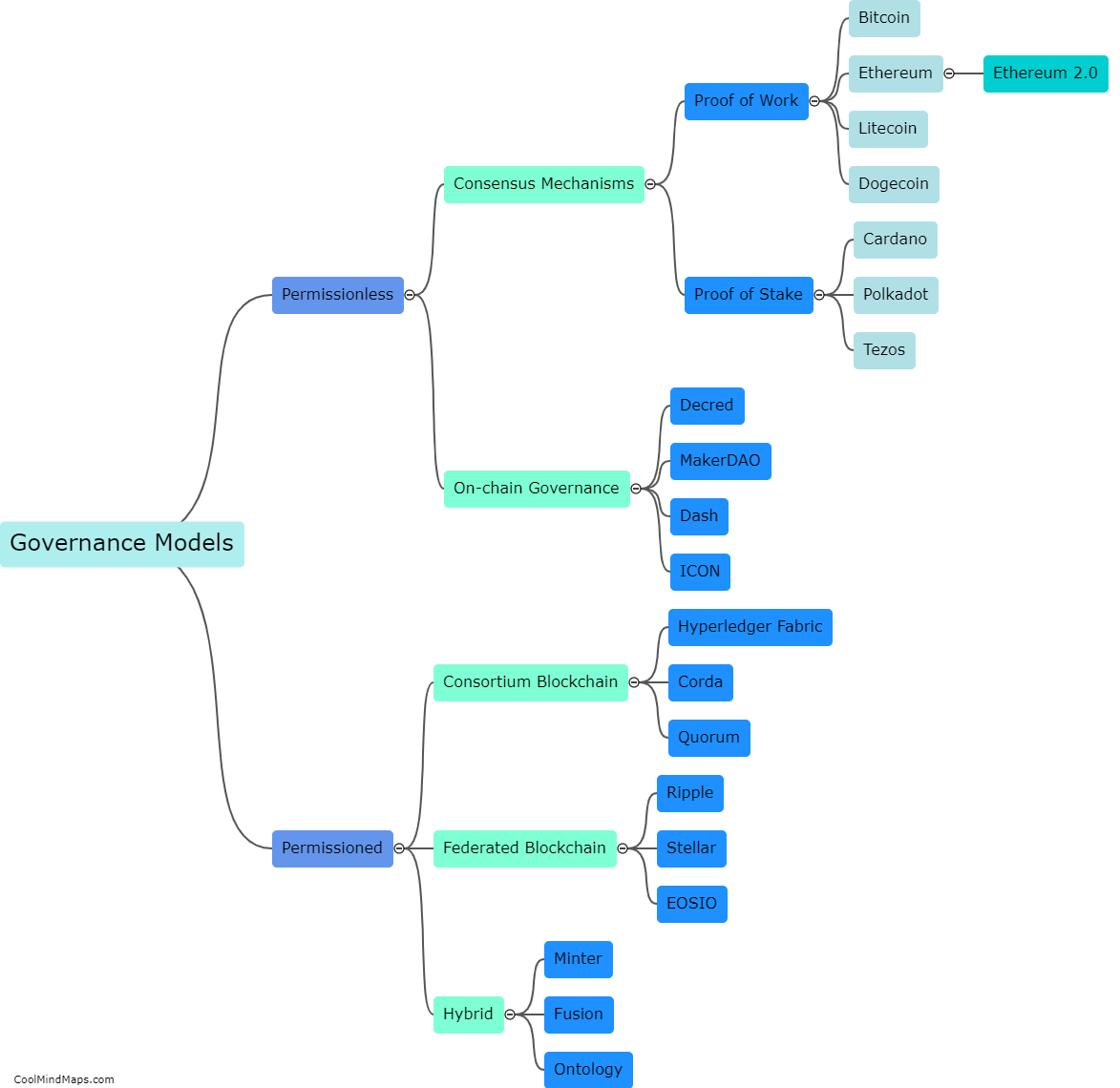How do tenses change to show past, present, and future?
Tenses are grammatical forms used to indicate the time at which an action or a state of being occurs. In English, there are three fundamental tenses: past, present, and future. These tenses change based on the verbs used in a sentence. To indicate the past, the verb is often modified by adding "-ed" to the base form. For example, "walk" becomes "walked." When referring to the present, verbs usually remain in their base form or are conjugated based on the subject. For instance, "I walk," or "he walks." When referring to the future, auxiliary verbs like "will" or "shall" are often used to indicate the intended time. For example, "I will walk tomorrow." These modifications help express different time frames and allow us to clearly communicate when an action took place or will occur.
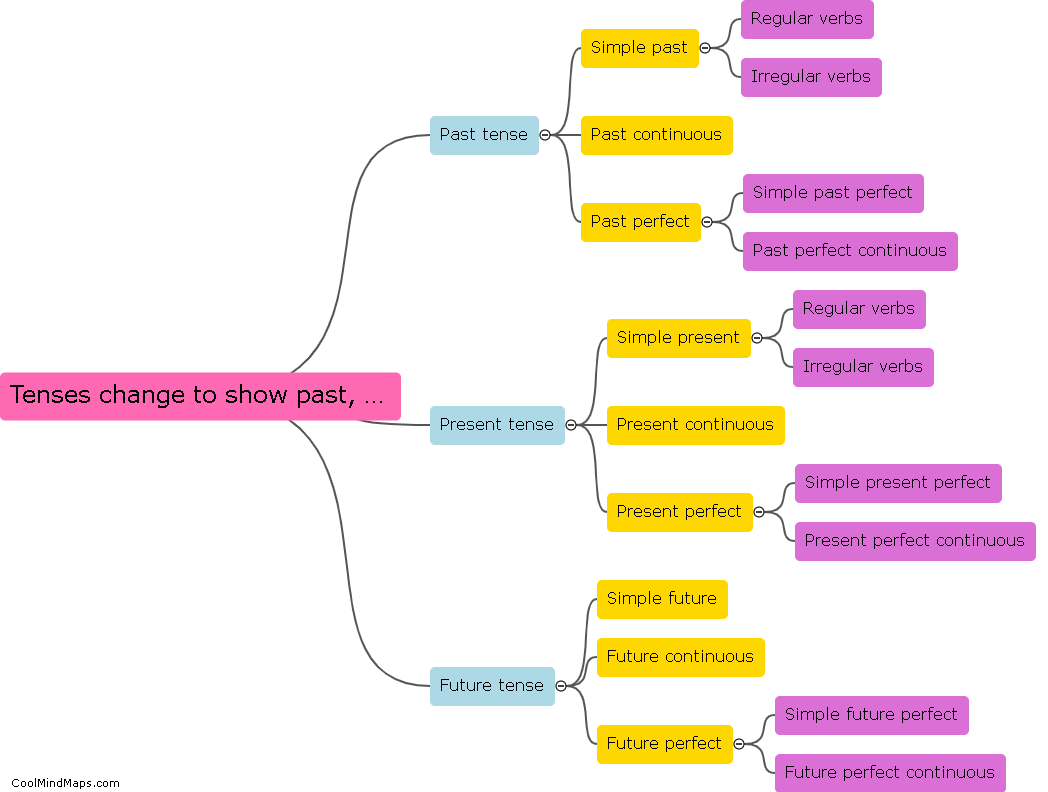
This mind map was published on 9 September 2023 and has been viewed 119 times.

